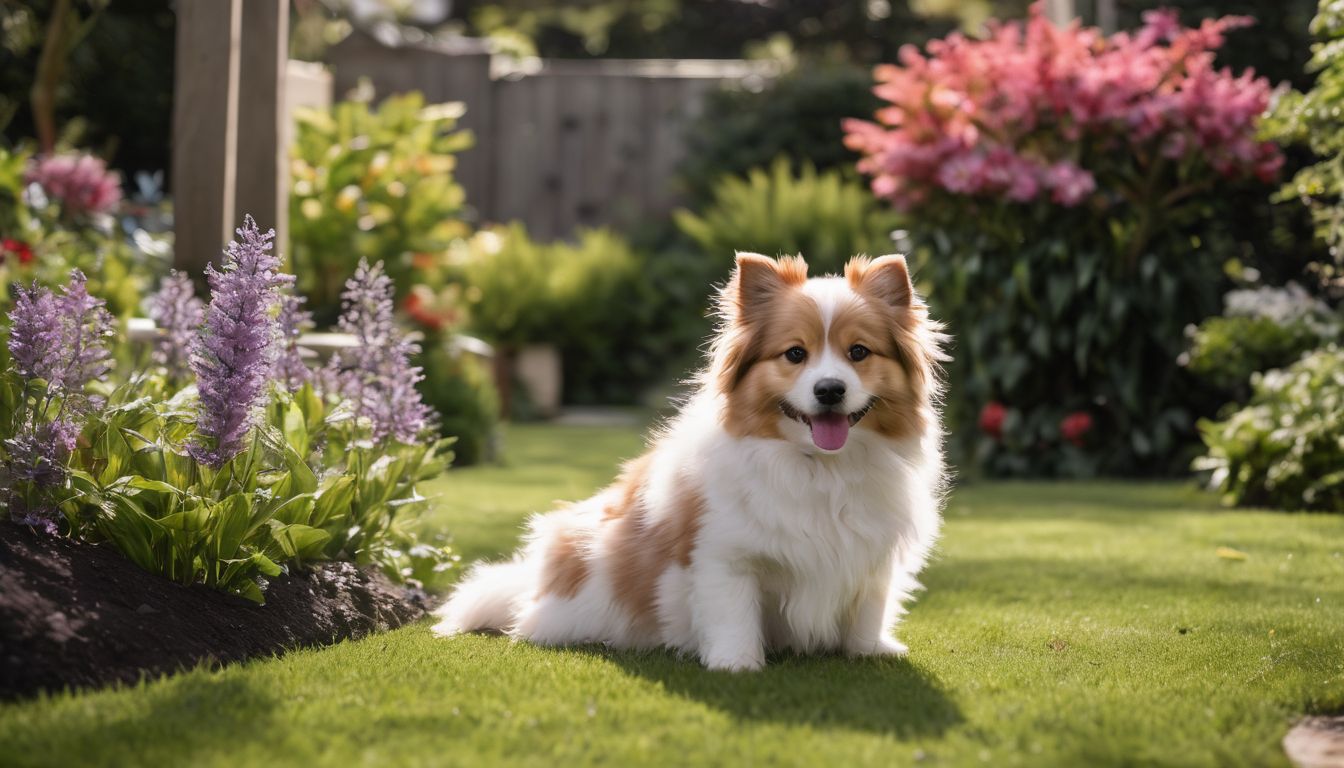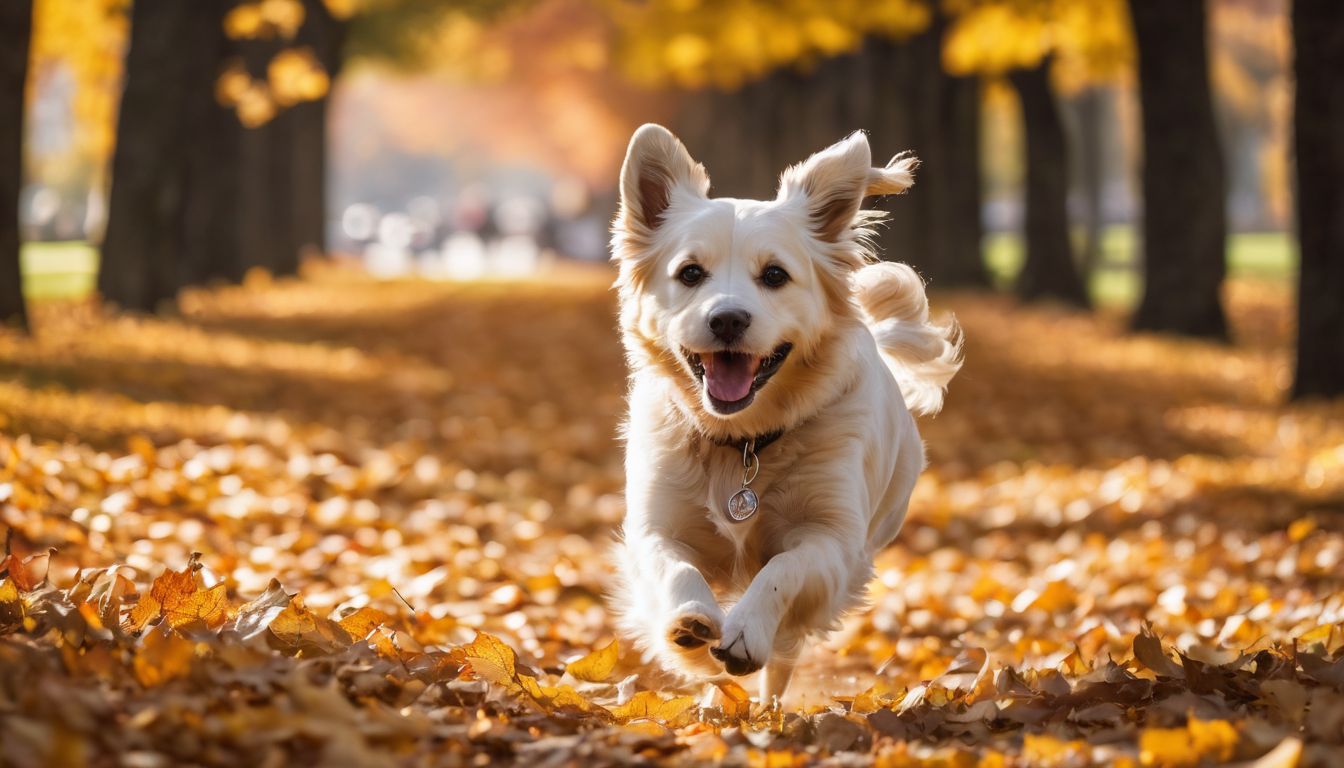There’s no denying that pets are family members. We give them the best treats, the best belly rubs, the best places to nap – but are we giving cats the best kitty litter for their health, ours, or the environment? Conventional cat litter has detrimental environmental and health impacts, but luckily there are safer and greener options available. Let’s take a look at do-it-yourself eco-friendly cat litter!
HEALTH BENEFITS:
Before World War II, most household cats led indoor and outdoor lives, which meant there was no need for cat litter. However, as cats became more of an indoor pet, the need for an odor-absorbent cat litter grew. Clay-based litter seemed to hit all the marks – it was odor-absorbent, it did not stick to cats’ paws, and it was easy for the owner to change out.1 However, conventional litters, which are now either clay-based or silica gel-based, have their health drawbacks. In the same way that artificial fragrances can be toxic to humans, the chemicals in artificial fragrances in litter can be harmful to cats. Silica dust from litter has also been linked to respiratory issues in cats.2
ENVIRONMENTAL BENEFITS:
Both clay-based and silica gel-based cat litters have significant environmental impacts. The type of clay used in clumping litter, sodium bentonite, must be mined. Currently, there are about 20 companies in 10 states across the U.S. operating clay mines. The United States Geological Society estimates that 85% of the 2.54 million tons of clay mined in the U.S. is used for pet waste, mostly cat litter. Mining for sodium bentonite clay is a similar process to strip-mining—the top layer of soil is removed in order to reach the clay, which leaves a depression in the landscape. The mining company is responsible for the reclamation of the depression, yet there are still arguments about the time and manner in which mining companies need to fulfill this obligation. Once the clay is removed, it needs to be transported to the drying facility and then to pet stores and supermarkets
Silica gel-based litter is made from silica dioxide, which is the sand found in quartz, mixed with oxygen and water to form the patented formula of silica gel. This formula was originally patented in 1919 to be used in gas masks during World War I. Like clay, silica has mining impacts. However, unlike clay, it is usually mined in other countries and then shipped to the U.S., which raises its. Silica gel litter does not need to be changed as frequently as clay-based litter, which means less silica gel litter is being sent to the landfill. However, a cat’s fecal matter must still be removed from the litter on a regular basis, and the incorrect disposal of fecal matter can have environmental impacts. In California, there is concern that disposing cat feces down the toilet is killing off sea otters because of a parasite that lives in the feces known as toxoplasma gondii. Since wastewater treatment plants do not filter out toxoplasma, this parasite is dumped into the ocean, consumed by filter feeders, such as mussels, and then passed onto the otters when the otters consume mussels.4
DIY Cat Litter Option:
If DIY is not for you, there are many store-bought options for safer, greener cat litters. These cat litters are made from a diverse range of materials, from cedar chips to newspaper, to wheat crops, to kernel corn.5 Talk to your local pet store to find out what brands they carry which are safer for our collective health. If you are interested in a DIY option, below are instructions for a newspaper and baking soda cat litter that absorbs odor and does not get tracked around the house. For more information on greening your pet care, including kitty litter, read this !
Cost: Low. Since it is easy to find free newspapers, all you need to do is buy baking soda and possibly a paper shredder if you want the process to go faster.6
Time and Effort: Medium. With a paper shredder, this process takes 30-45 minutes to make 2-3 weeks of cat litter.7
Materials Needed:
Plastic bin or unused litter box
Newspaper
Baking soda
Plastic gloves (optional)
Screen
Scissors or paper shredder
Colander 8
Instructions:
- Shred newspaper in a paper shredder and put into a plastic bin or unused litter box.
- Soak the newspaper in warm water mixed with a few squirts of biodegradable soap. This process will help remove the ink from the paper. The water will turn grey and the shredded paper will look like cooked oatmeal.
- Drain the water using a colander.
- Repeat the soaking process but this time without soap. Drain again.
- Sprinkle baking soda on the wet paper, and knead the baking soda into the paper mixture. Use plastic gloves if you don’t want to get ink on your hands.
- Squeeze the remaining moisture out of the paper mixture.
- Crumble the mixture over a screen and let it dry for a few days.
- Once the litter is dry, place about two inches of litter into the litter box. Scoop the solids out daily and change the litter once a week. 9 Remember to place waste in the trash can, do not flush down the toilet!




